Did you know the Black Death killed 75 to 200 million people in Europe between 1347 and 1351? This was nearly half of the continent’s population1. Today, we have medicine to fight plague, but infectious diseases are still a threat. Knowing survival skills and emergency plans is key for staying safe and strong in tough times.
Looking back at past plagues helps us prepare for the future. It teaches us about the dangers and how to face them. By learning from history, we can be ready for anything. For tips on survival skills, check out this resource.
Key Takeaways
- History shows that plagues can decimate populations, highlighting the importance of preparedness.
- Survival skills are critical for personal safety during health crises.
- Understanding past epidemics aids in developing effective survival strategies.
- Emergency preparedness involves planning and practicing essential skills.
- Community engagement is vital in addressing and overcoming health emergencies.
Understanding the Nature of Plagues
The nature of plagues includes biological and environmental factors that cause infectious diseases. These diseases can harm many people. History shows us how plagues can hit societies hard, with weather and sanitation being key factors.
Old doctors, like those from the Hippocratic tradition, knew that seasons and environments could predict outbreaks. They saw how diseases could hit certain groups hard, even though they didn’t write much about plagues. This was because they believed in avoiding the idea of miasmata, or pollution2. Galen, a famous doctor, worried about plagues. He felt they could affect anyone, no matter their health or actions2.
Plagues come in different forms. Knowing the difference is key for epidemic preparedness. We must understand natural plagues, like viruses, and man-made ones, like bioterrorism. Thucydides wrote about the Athenian plague, showing early ideas about how diseases spread2. His work hinted at the idea of immunity, which we now call acquired immunity2.
In the Middle Ages, plagues ravaged cities. Cities called on plague doctors to help. But many doctors ran away, leaving less skilled people to treat the sick. The plague doctors wore masks filled with herbs to fight disease3.
| Type of Plague | Cause | Historical Recognition |
|---|---|---|
| Natural Plagues | Viruses (Influenza, HIV) | Recognized through changing seasons and environmental factors |
| Man-made Situations | Bioterrorism | Increased awareness in modern epidemiology |
In summary, knowing the difference between natural and man-made plagues is crucial. This knowledge helps us understand the risks of different diseases. It also shows why we need specific survival skills for each type of outbreak. Learning from history helps us deal with infectious diseases today.
History of Plagues Throughout Time
The history of plagues is a dark but enlightening look at how disease has affected societies over the years. The Plague of Justinian in 541 killed 30 to 50 million people. The Black Death from 1347 to 1352 was even worse, claiming 200 million lives. These events changed how people saw health and society45.
These historical plagues not only changed who lived where but also led to big changes in how we deal with health. As death rates soared, communities began to move towards modern medicine and health care.
The Black Death showed how fast people could die, often in just three days. This made it clear that doctors needed better ways to fight the disease4. Doctors were overwhelmed, leading to many of them dying too. This crisis made people rethink how to treat illnesses.
Because of these plagues, public health efforts got a lot stronger. In London, from 1832 to 1866, doctors like Dr. John Snow found ways to stop cholera outbreaks. This led to big changes in how we keep our water clean and our communities healthy5.
These lessons from plagues teach us the importance of working together and being strong when health crises hit. They show us how important it is to be proactive and prepared.
Emergency Preparedness: Why It Matters
Being ready for emergencies is key to survival in times of plague or health crises. Both personal and community efforts can boost crisis management. This ensures people are prepared to tackle unexpected challenges.
Learning survival skills can significantly increase your chances of staying safe. Skills like purifying water and tying knots are often overlooked but are vital. For instance, having a reliable water source is crucial since natural water can be contaminated with harmful pathogens6. Basic skills like building a fire can also provide warmth and light, essential in emergencies6.
After a major disaster, it can take up to three days for help to arrive7. Basic services like water and electricity might be out for a long time. Families should prepare for self-sufficiency with a three-day water supply of one gallon per person per day7. Having enough food, water, and medicine is crucial for public health readiness and empowers individuals in need.
In summary, community and personal efforts in emergency preparedness can build resilience. Being proactive in developing survival strategies helps protect individuals and families. It also encourages a collective approach to public health readiness.
Essential Survival Skills for Crisis Situations
Learning key survival skills is vital for any crisis. These include basic first aid, finding food and water, and knowing how to protect yourself. Being able to manage crises well gives you the confidence to stay calm when things get tough. Techniques like TIP skills can help control extreme emotions during emergencies8.
Doing muscle relaxation exercises can help you deal with stress better8. These activities build your resilience and self-reliance, key for surviving emergencies. Knowing basic first aid is not just about saving lives; it also makes you proactive in keeping yourself and others safe9.
Survival skills help you face emergencies without panic. They improve your ability to make smart choices. Knowing how to navigate your surroundings and keep clean while finding resources is crucial for staying healthy in tough times9.
Everyone should work on developing these skills. Training boosts your awareness and appreciation for nature and culture. For more on survival skills, check out this resource for detailed guides.
Creating a Personal Emergency Plan
Creating a personal emergency plan is key to staying safe in emergencies. A good crisis response strategy helps you act fast when disaster strikes. Families should list possible emergencies and plan for each one.
Choosing meeting spots for family members is crucial in emergencies. This ensures everyone knows where to meet. Everyone should have emergency contact info, both written and on their phones. Regular drills improve how well you work together10.
Plan your escape routes and where to go before an emergency. Practice leaving your home twice a year. This helps everyone stay calm and know what to do10. Make sure your plan includes everyone, including older adults, people with disabilities, kids, and pets.
Having an emergency kit is also important. It should have water, food, a radio, flashlight, first aid kit, and a whistle11. Update your kit often to keep it ready for any emergency.
Learning survival skills makes you more prepared and aware. It helps you handle emergencies better and builds a strong base for facing emergencies.
Creating a personal emergency plan is more than just being prepared. It’s a way to stay safe and secure during crises. It shows that being ready can truly save lives.
Survival Gear: What You Need
Being ready for emergencies means picking the right survival gear and supplies. Everyone should have key items in their emergency kits. This includes a first aid kit, tools to purify water, and food that won’t spoil.

Your backpack should weigh about 25% of your body weight to avoid getting tired12. A good sleeping bag, like the Mountain Hardware Lamina, can handle -15 degrees F12. A sleeping pad, like the Therm-a-Rest Z Lite, adds comfort and lasts long12.
For cooking, a 1-liter titanium pot with a handle and lid is best. Knowing how many calories you need is important. For example, 1250 calories a day might be needed for a 6-month wilderness stay12.
For starting fires, include a lighter, matches, and magnesium strips in your kit13.
Having a reliable flashlight or headlamp with extra batteries is crucial for seeing in the dark13. Don’t forget a fixed-blade knife, rope, rain poncho, and emergency blanket in your kit13. Knowing the seasons and the land helps with long-term survival.
Building an emergency kit for specific challenges makes you feel more prepared. For more tips on making your emergency kits, check out the detailed guide here.
The Role of Community in Survival
Community support is key in getting ready for emergencies. It helps people share resources, skills, and info. In a neighborhood, people often know each other and help out14.
Being part of local groups or activities can make a community stronger. This includes joining CERT or the Red Cross14.
Knowing your neighbors can be lifesaving in emergencies. Simple steps like learning names and sharing contacts help a lot14. Also, having community support makes you feel safer. Things like two-way radios and security cameras help keep you safe14.
Looking at history, we see how important teamwork is. Indigenous groups worked together for hunting and solving problems15. Today, we can learn from them. Having diverse skills in a community is crucial for survival15.
Historically, communities that relied on themselves did well in disasters. Building networks for support is vital. It keeps people’s minds and bodies strong during tough times15. Learning survival skills makes everyone more ready to face challenges together survival skills16.
Staying Informed During a Plague
When a plague hits, knowing what’s happening is key. Reliable sources give us the facts we need to stay safe. This includes health tips and safety rules. Public health groups and government agencies share this info with us.
News, science journals, and social media are good places to find this info. It’s important to know what’s true and what’s not. The FEMA website has lots of useful stuff, like how to get ready for emergencies.
Health experts give us tips to get through tough times. The FEMA App sends alerts about weather and emergencies. FEMA also has free stuff to help families get ready17. Staying informed helps us make safer choices and keeps our community strong.
We should look for trustworthy sources of info. This helps us avoid getting scared or confused. When we all share what we know, we help keep everyone safe. This makes our community stronger against plagues.
| Information Source | Type of Information | Importance |
|---|---|---|
| FEMA | Emergency Alerts, Preparedness Materials | Ensures public is aware of critical updates and provides resources for disaster planning |
| Local Health Departments | Health Guidance, Safety Protocols | Directs individuals to follow best practices for disease prevention |
| News Outlets | Current Events and News Reports | Informs the public about the evolving situation and government response |
Using these sources helps us stay calm in tough times. By staying informed, we can make smart choices. This helps our community stay safe and strong.
Maintaining Mental Health in Crisis
Mental health is key during crises, with anxiety and depression often rising. The US has seen a sharp increase in mental health issues, showing the need for good stress management18. Learning crisis management skills is vital, especially when help is not right away18. Skills like mindfulness, as seen in the STOP DBT method, help us observe our feelings without judgment19.
Mindful breathing and journaling daily can boost emotional strength and help us cope19. Doing things we enjoy, like exercise or art, makes us feel good and builds emotional resilience20. Friends and family are also key, offering support and strength in tough times20.
Using TIPP, which involves physical actions to change how we feel, can lessen stress18. The ACCEPTS technique helps by distracting us and changing our focus, making big feelings more manageable18. Daily routines that include self-care are crucial for building resilience20.
Mental health is essential for managing crises and staying strong. By recognizing our mental health needs and getting support, we can improve our emotional well-being. Learn more about mental preparedness to stay calm in emergencies.
Survival Skills for Wilderness and Urban Environments
Survival skills differ a lot between the wild and cities. In the wild, you need shelter, water, fire, and food in that order21. Fire is key because it can clean water, cook food, and even call for help22. Knowing how to build a shelter is also crucial, as it keeps you safe from the weather22.
In cities, survival skills are about being smart and knowing your way around. It’s important to have more than one way to leave quickly in emergencies21. Feeling lost can make people panic, with 90% of people getting scared in the woods21. So, staying calm and thinking clearly is key.
- Wilderness Survival: Skills like foraging, trapping, and identifying edible plants are critical in the wild.
- Urban Survival Skills: Knowing how to find safe shelter and the location of emergency services can enhance survival chances.
Learning to use resources wisely, like food and water, is important everywhere. It’s wise to have enough supplies for two weeks for each person in case of emergencies21. Also, having a small first aid kit can save lives in unexpected situations22.
By learning both wilderness and urban survival skills, you can be ready for any disaster. This way, you can face emergencies with confidence and be well-prepared.
Conclusion
Being ready for plagues is key in today’s world. We’ve learned that being prepared is more than just having survival gear. It’s about having a solid plan, working with your community, and learning important skills.
Studies show that knowing survival skills can greatly help in emergencies2324. This knowledge can make a big difference when disaster strikes.
It’s time to take action. We need to improve our skills and make our communities stronger. Learning survival techniques and getting the right gear can save lives24.
Being prepared makes us stronger and more resilient. By being proactive, we protect ourselves and help our communities. Let’s get ready for what’s coming. We’ll need all our skills and knowledge.
FAQ
What are the essential survival skills needed to endure a plague?
Key survival skills include basic first aid and knowing how to find food and water. Self-defense, keeping clean, and using bushcraft techniques are also crucial. These skills help you stay safe during emergencies.
How can I create an effective personal emergency plan?
To make a good emergency plan, start with communication strategies and meeting points. Make a checklist of essential supplies and list trusted contacts. Tailor the plan to fit your needs for better readiness.
What types of survival gear should I consider for plague preparedness?
Important survival gear includes first aid kits and tools to purify water. Also, have non-perishable food and personal protective equipment. Good gear helps you face emergencies better.
Why is community involvement crucial during a health crisis?
Being part of a community is key because it lets you share resources and skills. Support networks help everyone respond better to crises. This boosts both personal and group resilience.
How can I stay informed during a plague?
To stay informed, use reliable sources like news and scientific journals. It’s important to know the difference between true and false information. Keep up with health updates from trusted sources.
What strategies can I use to manage mental health during a crisis?
Managing mental health in a crisis involves mindfulness and exercise. Seek support from your community and focus on emotional health. Remember, mental health is linked to crisis survival.
How do wilderness and urban survival skills differ?
Wilderness survival is about foraging and navigating nature. Urban survival is about being resourceful in cities. Knowing both helps you adapt and prepare for any situation.
What historical lessons can be learned from past plagues?
Lessons from past plagues include the power of community action and the growth of public health. Learning from pandemics like AIDS helps us prepare today.
Source Links
- How did people survive the Black Death? – Bushcraft Buddy
- Brooke Holmes on Plague in Antiquity and Today
- Plague doctor | Plague, Middle Ages, Facts, & Description | Britannica
- Effects of the Black Death on Europe
- Better Days Ahead: Ending Five of History’s Worst Pandemics
- 11 Survival Skills That Could Save Your Life | Red Cross
- Before a Disaster – Emergency Preparedness Benefits
- 11 Survival Skills That Could Save Your Life | Red Cross
- Disaster Preparedness Plan
- Build A Kit | Ready.gov
- After Living 6 Months in the Wild, this is my Bug Out Bag Gear List:
- Survival Gear List: The Survival Essentials
- The Importance of Community and Neighbors to Survival
- The Importance of Community
- 11 Survival Skills That Could Save Your Life | Red Cross
- Disasters and Emergencies | Ready.gov
- Crisis Survival Skills
- Mastering the STOP DBT Crisis Survival Skill in Mental Health | Counseling Center Group
- How to build resiliency
- Survival Skills and Preparedness: Navigating Urban and Wilderness Challenges – Anchored Outdoors
- 5 Basic Survival Skills » Wilderness Awareness School
- Conclusion and Next Steps in Your Survival Journey – Survival Mastery: Be Ready, Stay Safe
- Survival Skills Every Tactical Enthusiast Should Know • Chase Tactical
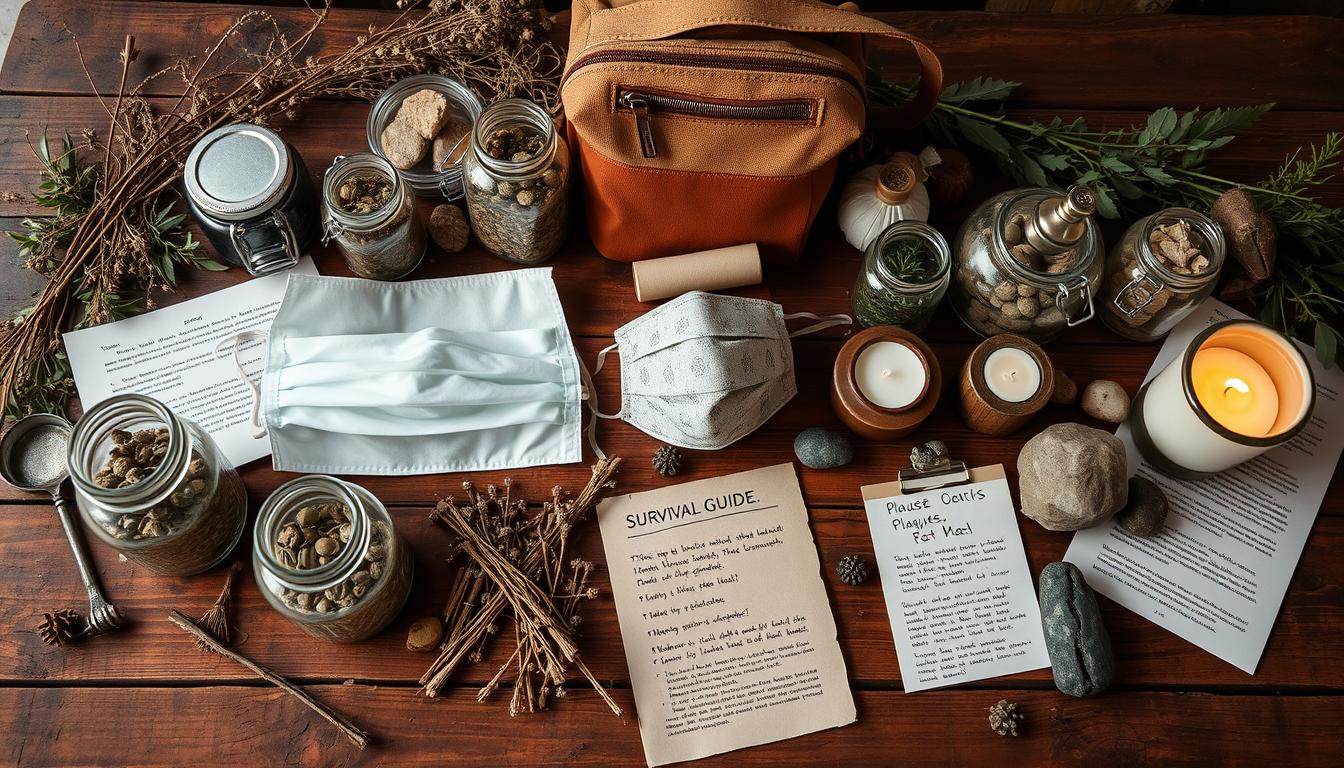
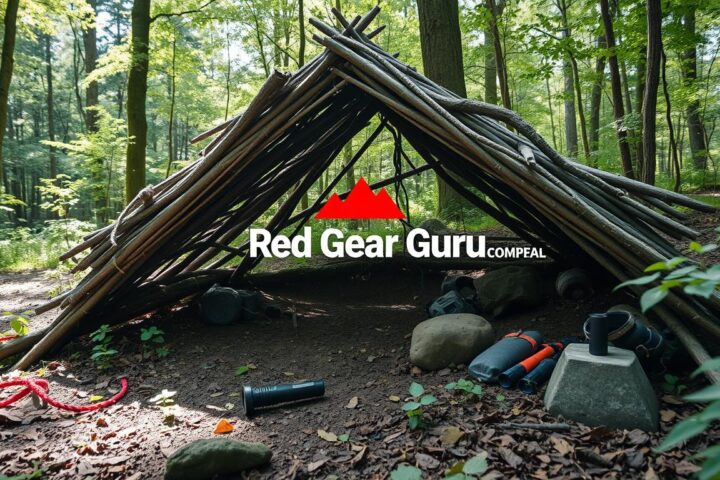
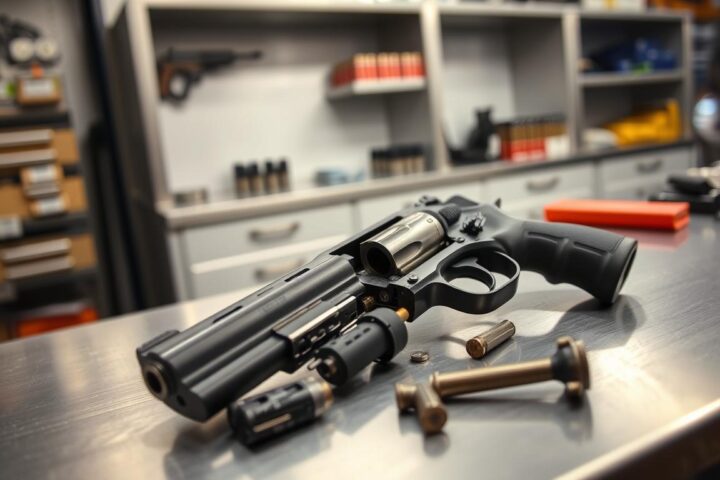



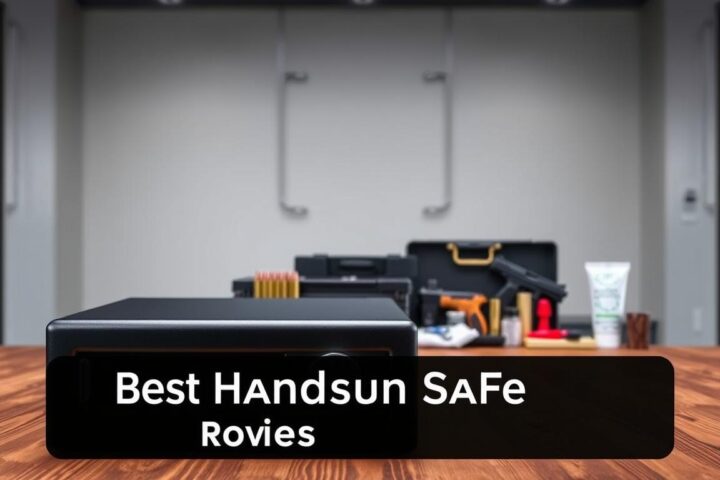
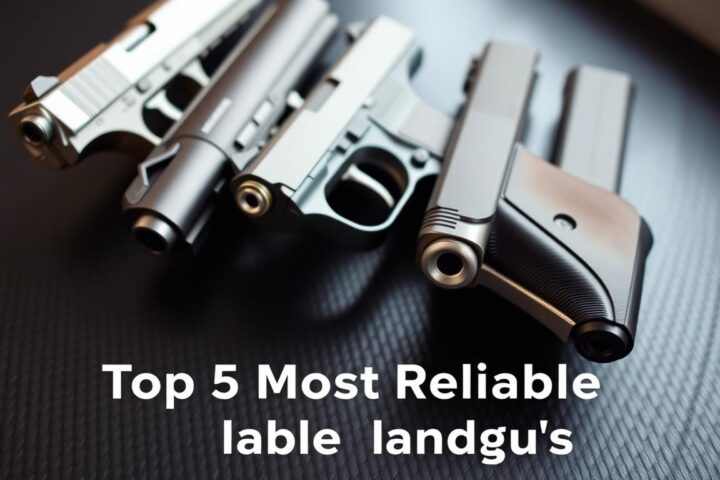



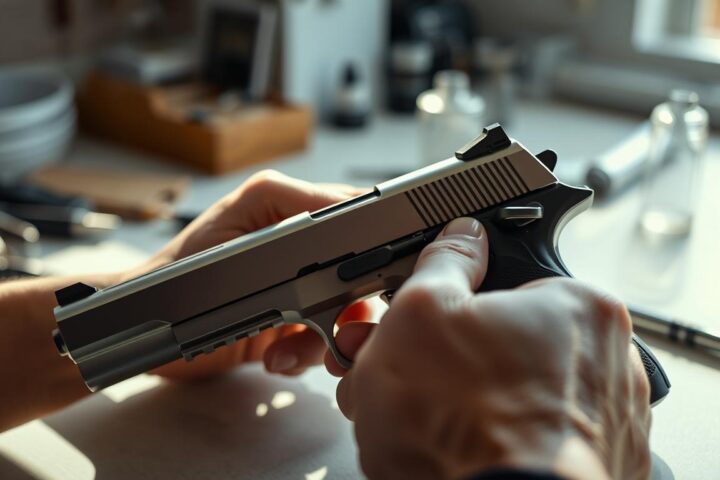
Great write-up, I am normal visitor of one’s website, maintain up the excellent operate, and It is going to be a regular visitor for a long time.
0k4b89
I am continuously searching online for articles that can aid me. Thank you!